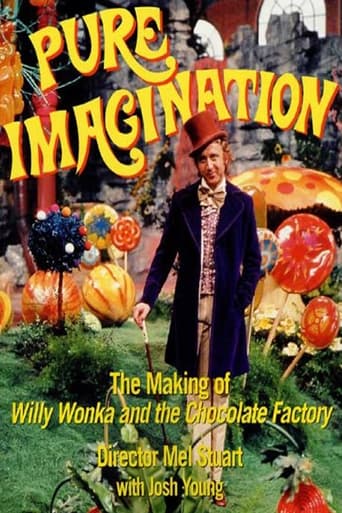Steve Pulaski
I've always thought that areas that are populated by people of a lower income status, or areas that bear large amounts of brick buildings, dilapidated infrastructures, liquor stores, barbed-wire, chain-link fences, etc had a sort of beauty to them. There's an unbelievable amount of authenticity to these places that goes unnoticed in the mainstream, as the high-crime rates and the smothering poverty obviously take away from that aspect, but it is in this heartland you find an example of purebread, unadulterated survival that few other places in America bear. The willingness, drive, and desire to get by and live to see a brighter, or at least viable, tomorrow.Of course the beauty I find in these places is entirely artistic and from an aesthetic point of view. Try telling what I just said to someone living in these areas, often smothered by the feelings of hopelessness and neglect, fighting a seemingly careless housing authority, living with violence, drugs, and prostitution occurring within earshot, and someone starving and unsure of the source of their next material. All that and more is documented in Frederick Wiseman's bold film Public Housing, yet another lengthy epic that he can add to his masterful portfolio of incredible films. He takes us inside the Ida B. Wells Homes, a predominately-black public housing unit that was once located in the Bronzeville neighborhood on the south side of Chicago before being demolished in 2011. Shot in 1995, Wiseman explores the day-to-day events that occur in the housing project, showing everything from simple activities that children engage in on the sidewalks of the projects, residents simply going about their daily routines, residents attending local town-hall meetings, and, most importantly, the kindness and compassion that people provide each other with during these difficult times.One angle of this film could've easily been showcasing the violence, the turmoil, and the complete degradation of a community. The other angle, the one Wiseman has chose to show, shows the tenderness and the idea that there is hope in this place and that hope rests in the hands of the community members, local policemen (yes, policemen), and average residents who are fighting for survival. One person we focus on is Helen Finner, a feisty woman who runs the Resident Advisory Council and tries to assure the wellbeing of those in the Ida B. Wells homes. An early scene in the film shows her frustrated while on the phone, talking about how she sees people sleeping in the lobbies of hospitals and such, without a home to go to, when the Chicago public housing has over two hundred vacancies available at the present moment. In her company is a young teenager girl draped in a blanket, with a child, who is desperately looking for a home.Another scene that follows is one that involves two policemen trying to get to the bottom of why a young woman has spent hours on one specific street-corner. The cops have an idea as well as the woman, who has clearly suffered from narcotic-dependency among other issues. The shocker of this scene comes in the true compassion and humanity the cops present to this woman. News reports, rap songs, as well as Television would have you believe that cops in these areas are heartless degenerates, when actually, one officer even tells the woman, "you can beat these drugs. I'm gonna remember you; you're gonna be my social project. Every time I see you I'm gonna pull over." The care and support doesn't stop there. Other scenes involve a woman being specifically but kindly instructed to follow instructions in order to free her apartment from unwanted vermin, thanks to the help of an exterminator, as well as a cop talking to a man on the streets who owes a gang $80 for drugs and are currently searching the area for him right now.Wiseman's mission here is to ostensibly shatter all generalities and dehumanizing statistics that associate themselves with poverty and low-income neighborhoods. Everything, be it food-stamp recipients, the unemployment rate, the number of people living in public housing, the number of people below the poverty line, etc, have been stripped down to statistical data, intricate flow-charts, graphs, percentages analytical numbers, and many other processes perfected by number-crunchers and positivists. There's nothing wrong with data in any regard, but data, consequently, strips those affected of their humanity, turning struggle into statistics and people into pie charts. Wiseman works backwards, obtaining the real-life stories of survival and compassion, showing us that, and then allowing us, if we want, to look up the data to add to this picture.Public Housing, although featuring many different elements and events that occur in the area, never feels like a greatest hits compilation nor an oversimplification. It personifies the human struggle and, in turn, produces an honest piece of filmmaking, as Wiseman so often does. Despite focusing on periodic arrests, around the clock policework, substance abuse, and hardships, Wiseman makes time for the silver lining, showing ambitious children learning in school, being taught crucial information about sexual education, learning from people on the frontlines the dangers of drugs and alcohol, and so-forth. This is where the optimistic side of the documentary comes in. The only concern is the children are being shown this only a few hours out of the day. The remainder they're at home, embracing a subpar living standard and surrounded by a place where mediocrity and minimal ambition seem to be the long term goal. I'll take a Wiseman approach right now - whether that's because of biological influence, personal mentality, or a societal influence I'll leave for you to decide.

